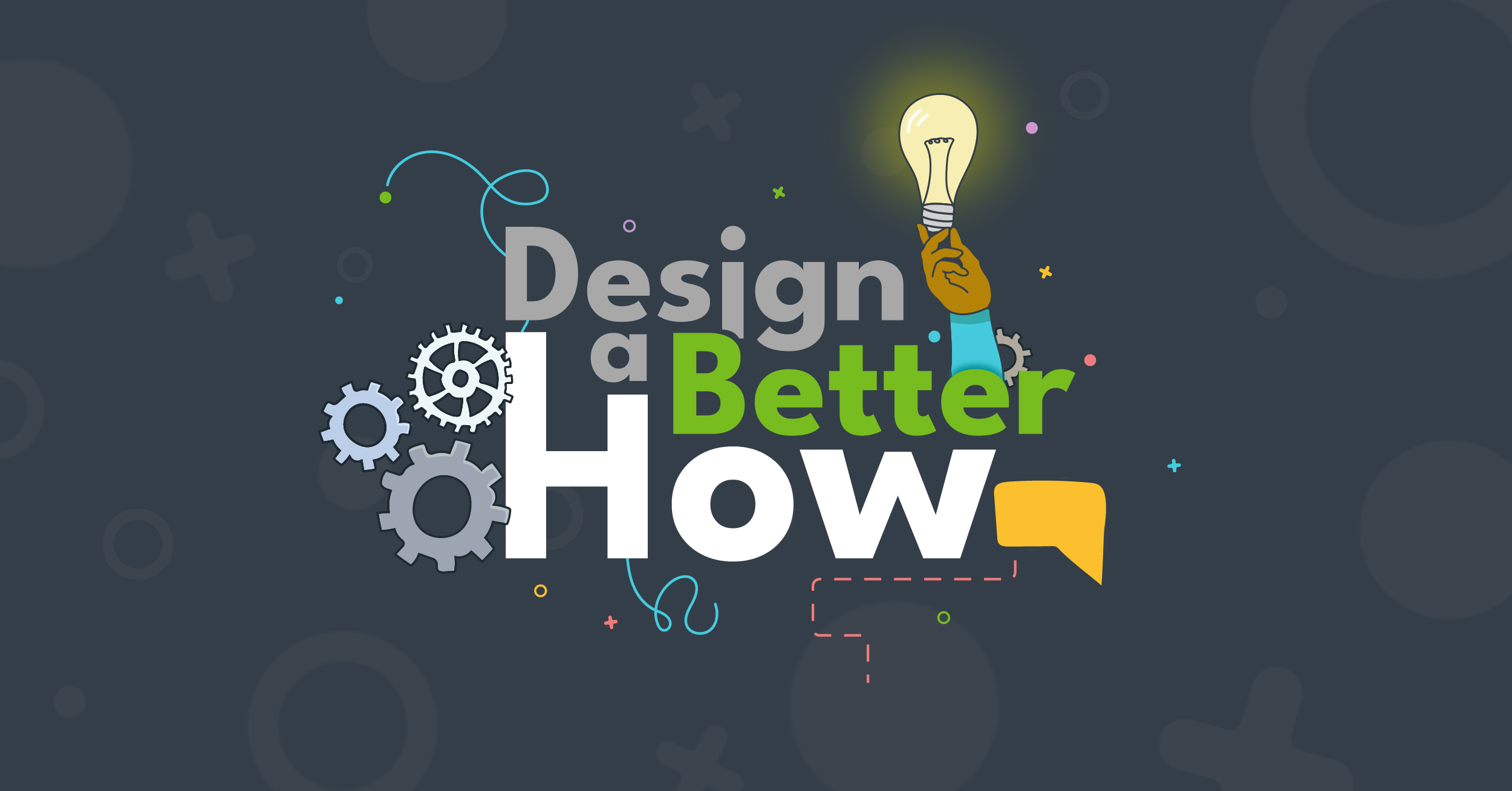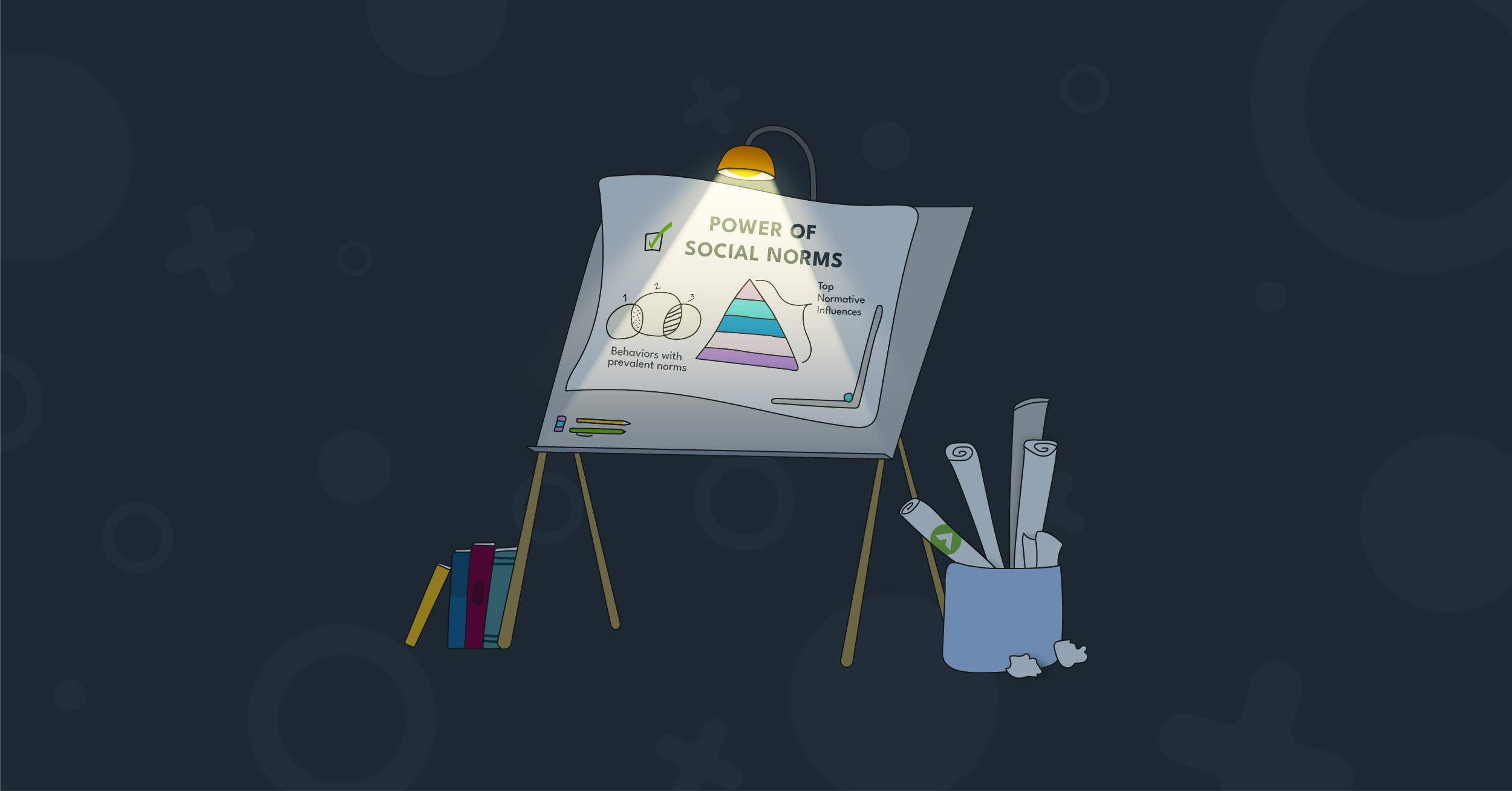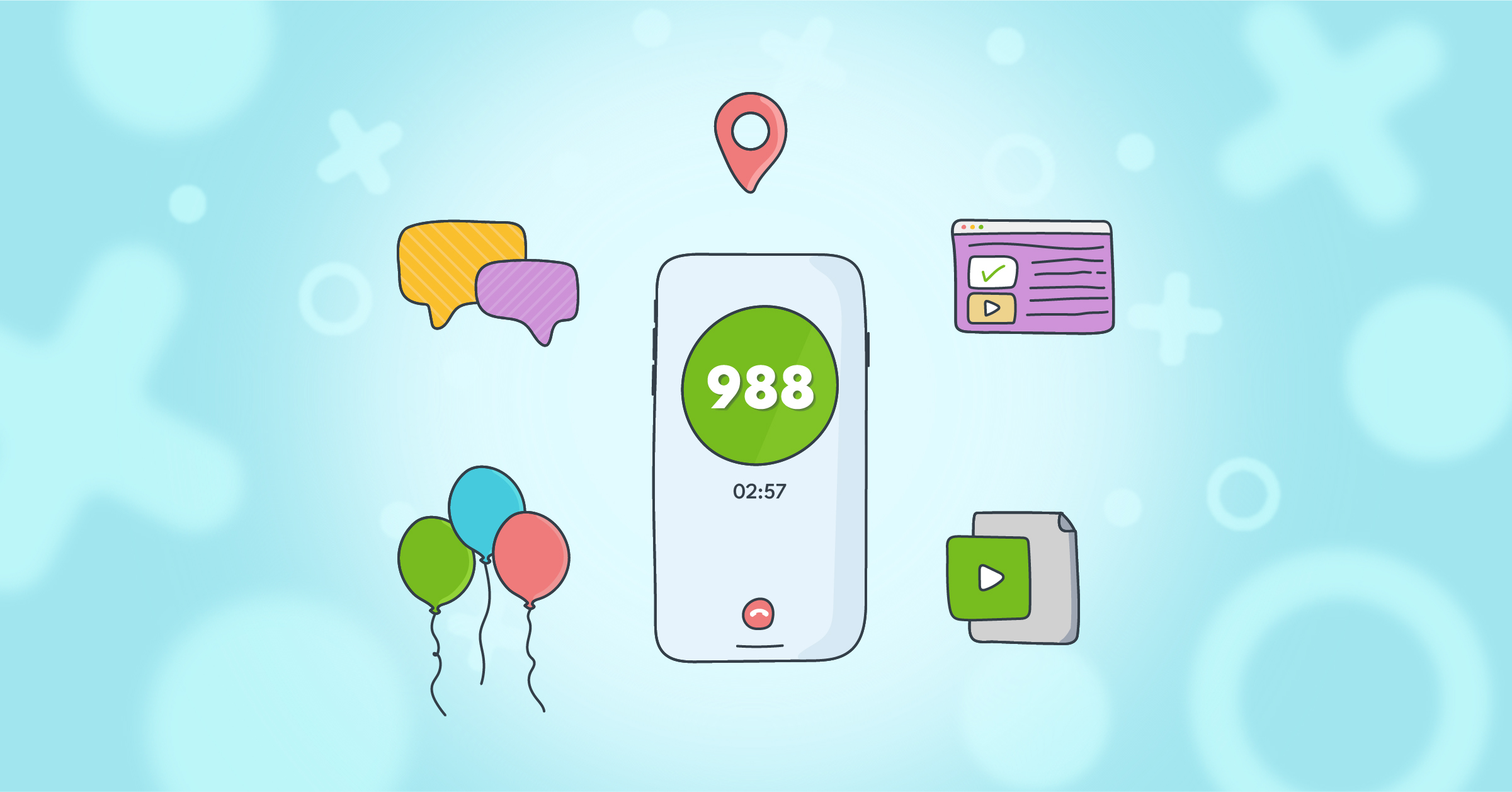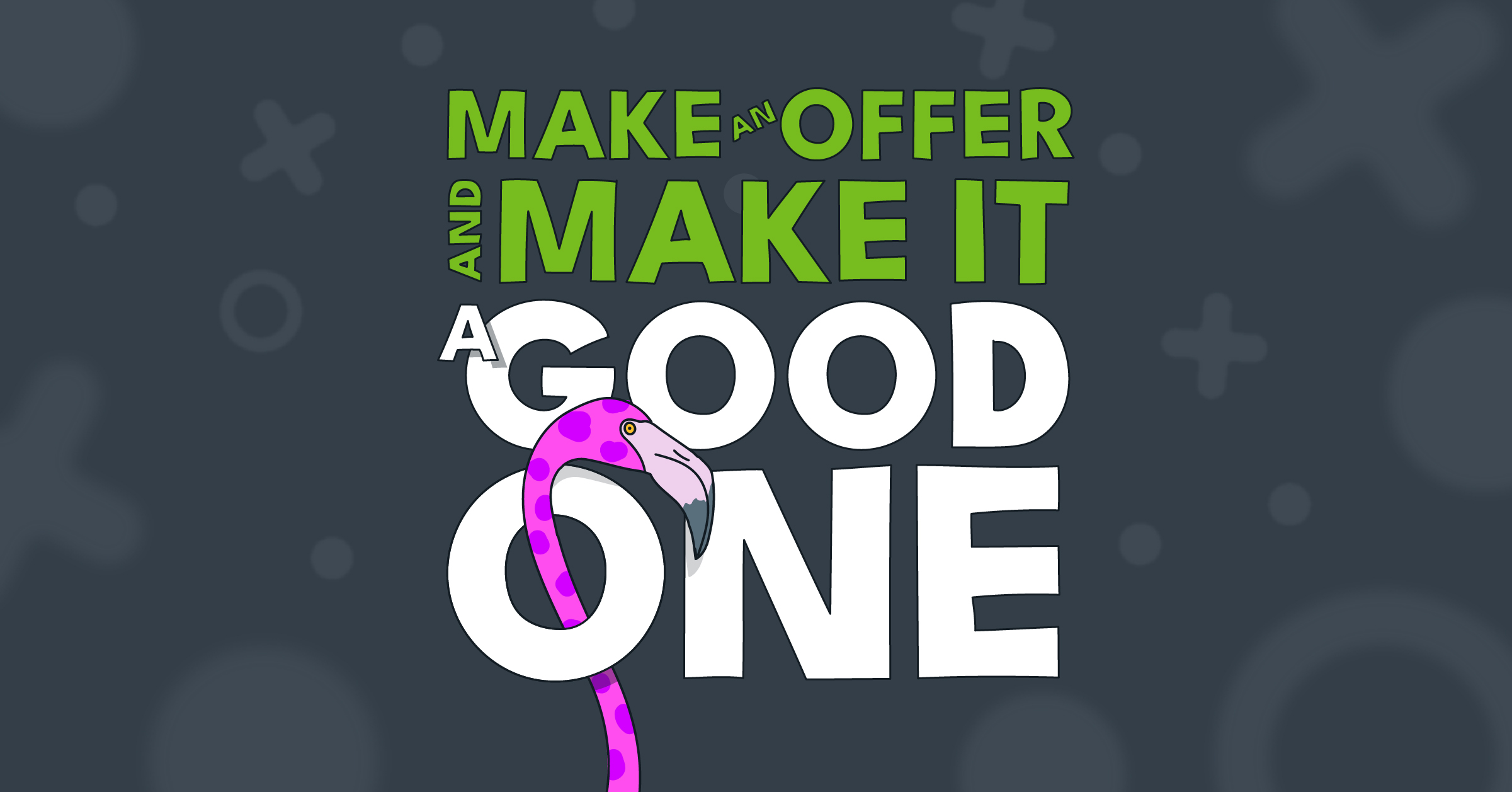
How to Harness Identity to Drive Health and Wellness
I’m pretty sure I would have failed the marshmallow test as a kid. Asked to delay gratification at age 4 because an adult said if I waited I would get a second treat (but it was OK to eat one right away), I’m guessing I would have gobbled up the sure thing in front of me as soon as that authority figure walked out the door. I’ve also never played a team sport, and I don’t consider myself an athlete. So how is it that I have been normal weight without dieting for the past three decades (through three pregnancies), and on any given week I will hit the gym as many times as my schedule will allow? Here’s a hint: It’s not about willpower. But it does have a lot to do with the kind of person I consider myself to be.
5 Ways to Help People Get Healthy
It’s no secret that America is in a health crisis — no matter how you stack up the data. It’s also clear that many wellness efforts cater to the already healthy. But here at Marketing for Change, we believe there’s hope even for marshmallow-test washouts like me. Here are five key lessons from behavioral science to apply to your health and wellness campaigns.
1. Don’t start with rational benefits.
 This is where most health efforts begin. You can live longer! Avoid cancer! Lose weight! But people do not turn off Netflix and lace up their running shoes because you just told them physical activity is good for them. They already know that. The problem is the way humans are wired. For one, we instinctually prioritize short-term wants over long-term needs — something behavioral economists call present bias. Even more intriguing, Carnegie Mellon video game professor Jesse Schell has documented what he calls the hafta v. wanna circuits in our brains. Essentially, as soon as something feels like a “hafta” — for example, that I “should” go to the gym or I “shouldn’t” eat that piece of cake — our minds start searching for a way around the directive. Simply put: None of us likes being told what to do, even by our own selves.
This is where most health efforts begin. You can live longer! Avoid cancer! Lose weight! But people do not turn off Netflix and lace up their running shoes because you just told them physical activity is good for them. They already know that. The problem is the way humans are wired. For one, we instinctually prioritize short-term wants over long-term needs — something behavioral economists call present bias. Even more intriguing, Carnegie Mellon video game professor Jesse Schell has documented what he calls the hafta v. wanna circuits in our brains. Essentially, as soon as something feels like a “hafta” — for example, that I “should” go to the gym or I “shouldn’t” eat that piece of cake — our minds start searching for a way around the directive. Simply put: None of us likes being told what to do, even by our own selves.
2. Skip the superheroes.
 Aspiration is a motivator. That’s why so many wellness campaigns showcase people who are super fit and (judging by their brilliant smiles) super happy. But for regular people, holding up an ideal image only serves to remind them of all the ways they don’t measure up. We’ve found this over and over again in research — with everyone from macho firefighters to exhausted new moms, and most recently with people who live with Type 1 diabetes. People aren’t motivated to change their habits by stories of elite athletes or other super doers. They are motivated by empathy and connection to where they find themselves in life right now. For most people, running a marathon is so far off their radar it might as well be a trip to the moon. Instead of holding up examples of greatness, help them see how they might get just a bit better at something they already like to do.
Aspiration is a motivator. That’s why so many wellness campaigns showcase people who are super fit and (judging by their brilliant smiles) super happy. But for regular people, holding up an ideal image only serves to remind them of all the ways they don’t measure up. We’ve found this over and over again in research — with everyone from macho firefighters to exhausted new moms, and most recently with people who live with Type 1 diabetes. People aren’t motivated to change their habits by stories of elite athletes or other super doers. They are motivated by empathy and connection to where they find themselves in life right now. For most people, running a marathon is so far off their radar it might as well be a trip to the moon. Instead of holding up examples of greatness, help them see how they might get just a bit better at something they already like to do.
3. Learn how to leverage identity.
 Author and habit guru James Clear notes that most of us set appearance and performance goals when we want to start a new habit (and this is where most wellness efforts start, too). He notes performance and appearance goals can be helpful — if you are already doing a behavior. If you are trying to start a new behavior, however, he believes identity–based goals are more effective — especially very specific ones, such as “I am a person who moves a little more every day.”
Author and habit guru James Clear notes that most of us set appearance and performance goals when we want to start a new habit (and this is where most wellness efforts start, too). He notes performance and appearance goals can be helpful — if you are already doing a behavior. If you are trying to start a new behavior, however, he believes identity–based goals are more effective — especially very specific ones, such as “I am a person who moves a little more every day.”
4. Use behavior to drive identity.
 At Marketing for Change, we take that identity-driven model one step further. Behavior change theories have long posited that attitudes and beliefs drive behavior — but we’ve often found the reverse is also true. Once you start doing a behavior, you begin to mold your identity around it. For example, I know several very different people who hate exercise, but each had a friend who talked them into an Orangetheory class (the kind of fitness I personally can’t stand). Now they are hooked. In one case, Orangetheory led to Soul Cycle as well, and in another to yoga. They still don’t like “exercise.” But they are now the kind of people who might be willing to give a fitness class a try.
At Marketing for Change, we take that identity-driven model one step further. Behavior change theories have long posited that attitudes and beliefs drive behavior — but we’ve often found the reverse is also true. Once you start doing a behavior, you begin to mold your identity around it. For example, I know several very different people who hate exercise, but each had a friend who talked them into an Orangetheory class (the kind of fitness I personally can’t stand). Now they are hooked. In one case, Orangetheory led to Soul Cycle as well, and in another to yoga. They still don’t like “exercise.” But they are now the kind of people who might be willing to give a fitness class a try.
5. Take willpower out of the equation.
 How can you make the behavior you want people to try more fun, easy and popular? The less you frame a behavior as an uphill battle, the more likely it is for people to try it. That’s why even elite fitness businesses like CrossFit are small, neighborhood-based gyms — they use social norms and a sense of belonging to drive people to push their limits. On the other end of the spectrum, our agency found that out-of-shape residents in Pinellas County, Fla., were willing to move a little more when we made physical activity about fun instead of fitness — and then created a Find the Fun web tool that made planning easy to do.
How can you make the behavior you want people to try more fun, easy and popular? The less you frame a behavior as an uphill battle, the more likely it is for people to try it. That’s why even elite fitness businesses like CrossFit are small, neighborhood-based gyms — they use social norms and a sense of belonging to drive people to push their limits. On the other end of the spectrum, our agency found that out-of-shape residents in Pinellas County, Fla., were willing to move a little more when we made physical activity about fun instead of fitness — and then created a Find the Fun web tool that made planning easy to do.
Back to the marshmallow test. I was relieved to discover new research that assigns the ability to delay gratification to class rather than character, which only makes sense; it’s harder to forgo a treat if you don’t get them often, and if the adults in your life don’t always follow through on their promises. But nonetheless, I know myself well enough that I make sure to keep willpower out of the equation when it comes to my health. Thanks to a lucky confluence of behavioral determinants, in my twenties I became the kind of person who likes to eat (mostly) healthy because it makes me feel good, and refuses to diet because it makes me feel bad. I exercise because I see it as a treat; in fact, for me, it’s a little bit of a guilty pleasure. I am the kind of person who tries to sneak a trip to the gym into my busy schedule whenever possible; every time I pull it off, I feel victorious.
When you look at America’s health data, the picture can get a bit glum. As a nation, we eat too much and move too little, a key reason why 7 in 10 of us are overweight or obese. We spend twice as much on health care as other developed countries, with very little to show for it in terms of overall health outcomes. Nearly half of us lay awake at night because of stress, which is both a contributor to and a result of poor health. And, of course, not sleeping enough isn’t good for you, either. It all adds up to a very costly mess: Centers for Disease Control and Prevention estimates the U.S. spends $147 billion on obesity-related health care costs each year and another $117 billion on health care costs associated with inadequate physical activity.
Here’s hoping that behavioral science and wellness can team up to help most Americans tap into a personal identity that makes it easy to get just a little bit healthier every day.

Sara Isaac is Chief Strategist at Marketing for Change.




